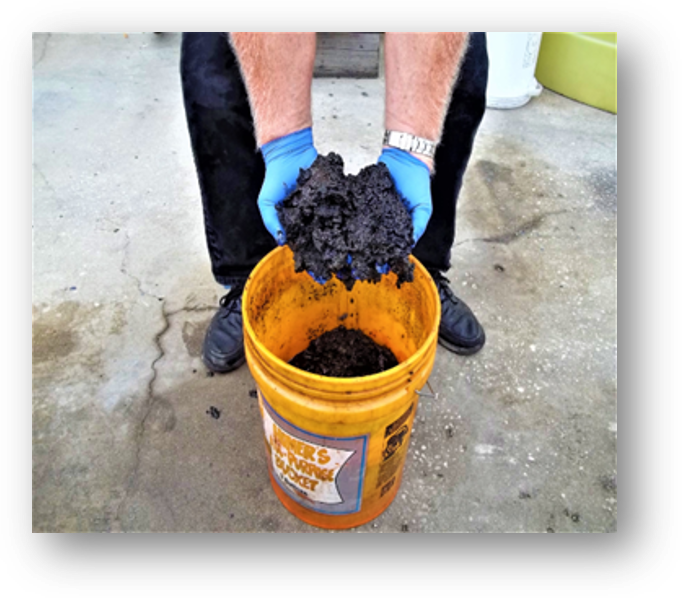Tank Treatment SDF
Sludge & Biomass Dispersant

As fuel is stored, it is not uncommon to find both sludge buildup and microbial biomass developing inside the fuel storage system. These should not be ignored as both of these can cause more serious problems if left untreated.
Not to be ignored, either, is the fact that microbial biomass formations actually make getting rid of microbial contamination more difficult.
![]() Ideally, you would want a fuel-borne solution that can either break these contaminants up, dissolve them, or make them easier to remove. Not mention something to make any biocide treatments you need to do more effective.
Ideally, you would want a fuel-borne solution that can either break these contaminants up, dissolve them, or make them easier to remove. Not mention something to make any biocide treatments you need to do more effective.
Tank Treatment SDF was formulated for those very same reasons.
Tank Treatment SDF (sludge dispersant formula) is a multi-purpose fuel storage treatment that targets these common fuel storage problems.
Dispersing Sludge
Petroleum “sludge” is really a combination of different heavy components that have separated or dropped out from stored fuel over time. It can be thin and easily removed, or it can be thick and difficult to remove.
Tank Treatment SDF is added to the fuel at relatively low treat rates and attacks petroleum sludge, dissolving its components in the fuel. This reduces the sludge volume over time while thinning out the remaining sludge to make it easier to remove by mechanical means like fuel polishing. We say ‘remaining sludge’ because most tank sludge contains at least some components that can’t be redissolved back into fuel. But by dissolving the ones that can, you make the rest more easily removable.
Helping Your Biocides
MIcrobial biofilms or biomass formations stick to solid surfaces and provide both a home for microbial colonies and a place they can hide to be shielded from contact with any biocides you might apply to kill them. This is a common reason why fuel storage professionals find microbial contamination problems recurring at earlier-than-normal intervals - their systems become reinnoculated with microbes that normally would have been killed by biocide application, but which hide within the layers of biomass that prevented the biocides from reaching them.
Using Tank Treatment SDF is the way to break this problem up. In addition to its effects on petroleum sludge, Tank Treatment SDF also attack microbial biofilms, helping to break them up. Practically, this means the applied biocides can penetrate in and behind the previously impervious biofilms. Which means a more complete microbial kill and significantly lower chance for microbial contamination to return.
Added Corrosion Protection
Tank Treatment SDF also adds a layer of filming corrosion protection to all the fuel system surfaces in contact with the treated film. This means using Tank Treatment SDF not only helps clean your fuel storage system and get rid of microbes, it protects the surfaces as well.
A Variety of Options For Your Needs
Tank Treatment SDF is a commercial-strength formulation that starts to work at treat rates as low as 1:10,000. And it's available in a variety of sizes to meet your fuel treatment needs. 16-oz and 32-oz bottles, 1-gallon bottles and 2.5-gallon jugs for small to medium tanks. And for larger jobs, 55-gallon drums and 250-gallon totes.
Fuel Storage on our Commercial Blog
3 min read
When To Treat For Cold Flow: Navigating Diesel's Seasonal Challenges
Erik Bjornstad: Nov 20, 2025
5 min read
Why Does Diesel Fuel Gel in Winter and How Can You Prevent It?
Erik Bjornstad: Nov 11, 2025




